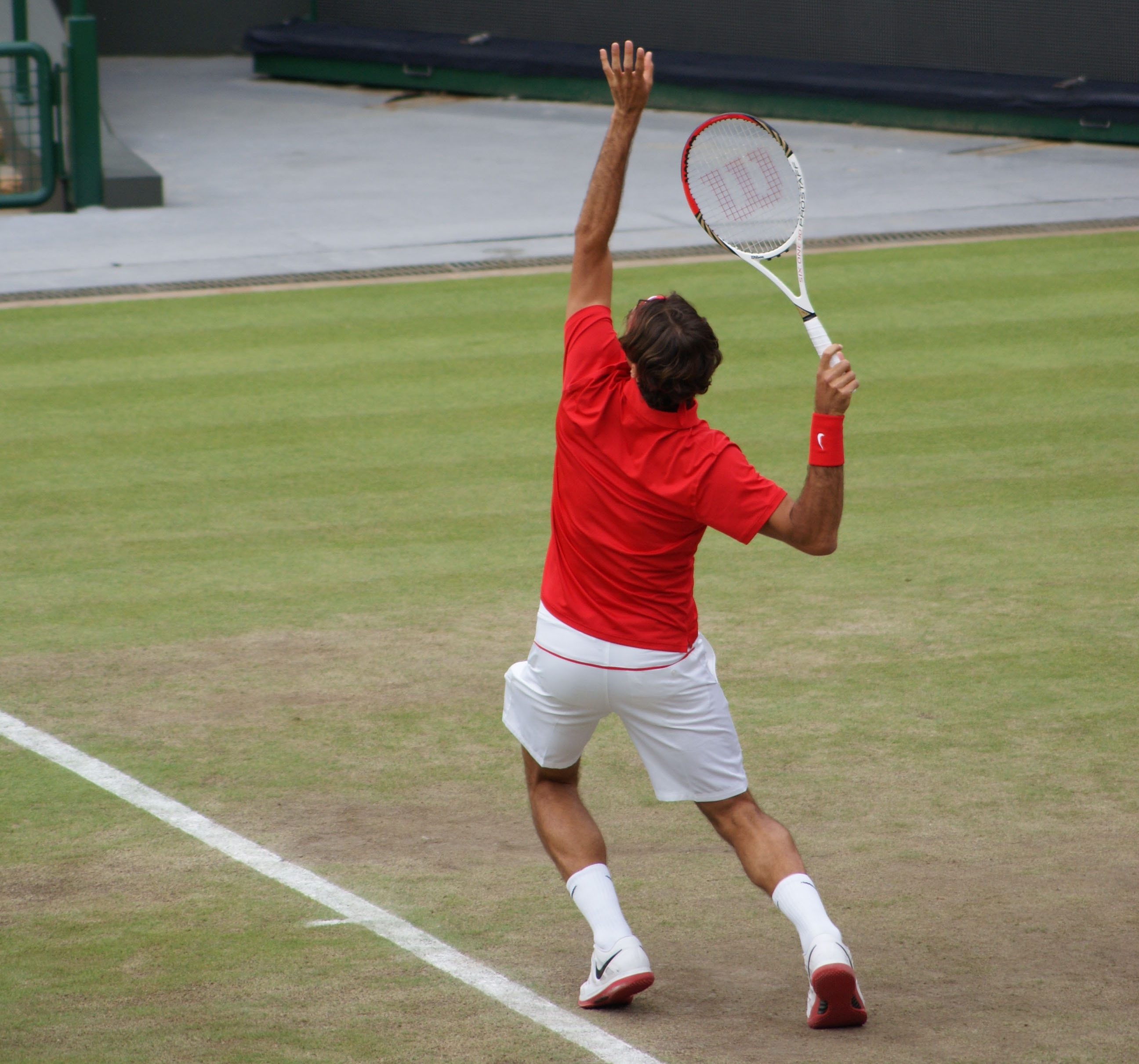Naomi Osaka Becomes Panasonic Ambassador After Signing 2-Year Deal
Japanese multinational company Panasonic has signed Naomi Osaka to a 2-year sponsorship contract. In the press release announcing the partnership, Panasonic noted that the company and Osaka share a number of important values. In particular, the company cited Osaka’s stand on social issues.
Panasonic statement read:
Ms. Osaka takes social issues seriously, looking beyond tennis to share her views on what a better society would look like in her own words. The founder of Panasonic, Konosuke Matsushita, held the notion that a stable state of happiness comes only when both mental stability and material prosperity are secured. Based on this idea, the company endeavors to create an ideal society where all of us can enjoy lives that are both mentally fulfilling and affluent in the material sense.
After the partnership was announced, Osaka said:
Tennis is what I do. It is not who I am
An outlet for my drive and energy
A platform to showcase my athletic ability.
I am blessed to experience the lifestyle the game allows.
But tennis does not define who I am as a person.
I am equally as passionate about being a catalyst for positive change in the world.
I cannot ignore others who are less fortunate, nor remain silent, as some might prefer, in the face on injusctice.I play to elicit passion in those who love sports.
And I hope to inspire passion for a more perfect society in all I do
Naomi Osaka is the highest-paid tennis athlete. She is associated with more than a dozen brands. Osaka’s social activism has attracted several companies and has improved her brand image.
Panasonic was founded in 1918 as a light socket manufacturer. Today, the company makes a number of products and services – rechargeable batteries, automotive and avionic systems, industrial systems, home renovation, and construction.
